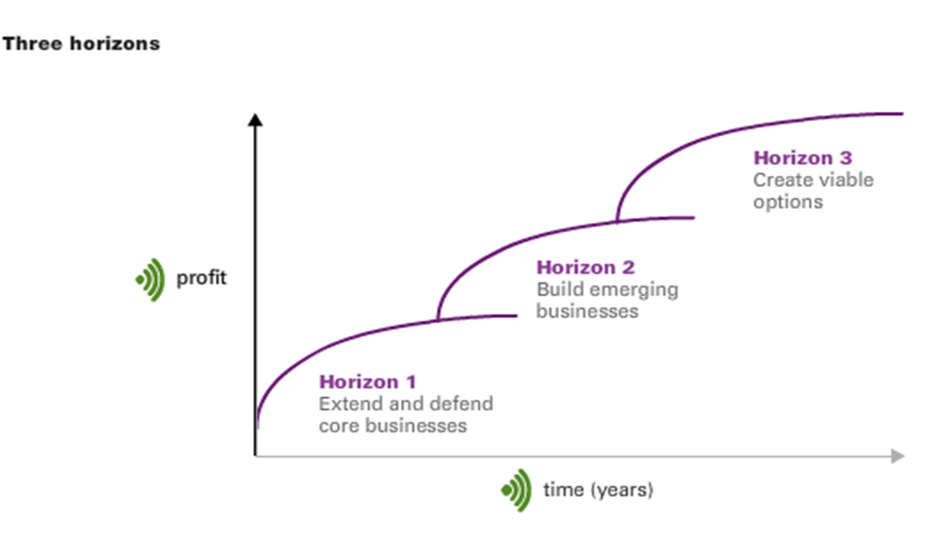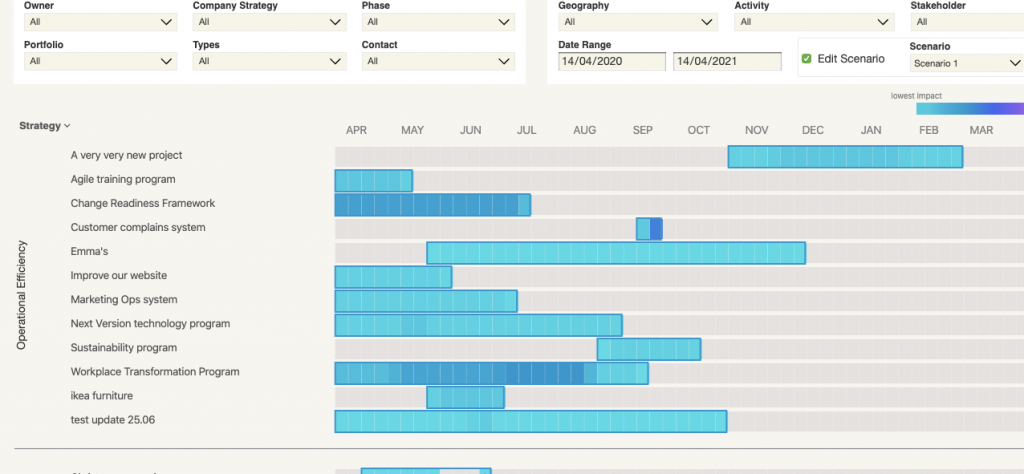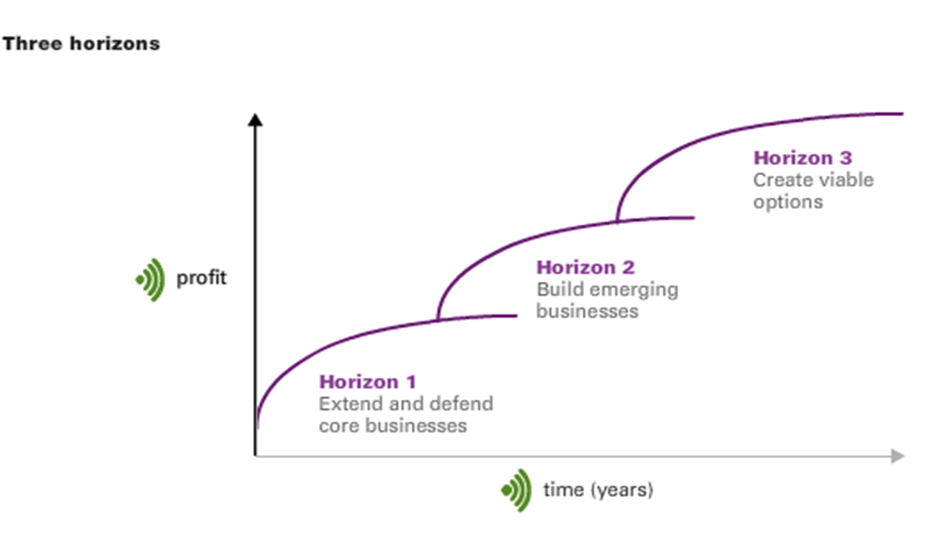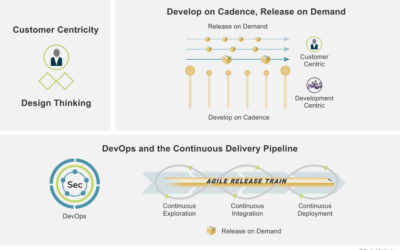Disruptions are all around us. First, the various disruptions with Covid on all aspects of people’s lives around the globe. Now we have the riots across the US as well as other countries about racial inequality. With these, we have the backdrop of constant significant changes and changes in new technologies that constantly challenge how we run our lives. What next you may ask?
Disruptions to how change management initiatives are managed seem to never cease. You think you’ve been through the worst with Covid impacting the budget expenditure on projects and the implementation timeline thrown up in the air due to lack of business capacity. The racial riots are disrupting normal business operations and it is back to business continuity plans for some organizations. How might we continue to manage our various change initiatives amongst these constant disruptions?
Strategic approaches
In being able to effectively respond to constant business disruptions on initiatives, a set of routines and business processes need to take place prior to the individual disruptions. Developing a strategic plan is essential to achieve the desired results and navigate these challenges.
Use the three horizons of growth as a framework to focus efforts on initiatives

McKinsey’s three horizons of growth describe 3 horizons of which initiatives should be clustered. Each horizon forms a critical set of initiatives from which the organisation may continue to develop and grow. If all focus was placed on horizon 1 that are focused on the here and now shorter-term initiatives, then the organisation is not placed to deal with emerging challenges addressed under horizons 2 and 3. Vice versa if all the effort is placed on horizon 3 and not 1.
With business disruptions, the effort and expenditure placed on initiatives can be evaluated in light of which horizon they are in. For example, if the Covid disruption is so significant on the business that it’s a matter of survival, then all efforts should focus on horizon 1 initiatives that contribute to organisational survival in terms of revenue and cost management. If the disruption is significant but not debilitating then it may be wise to spend half of the effort on horizon 1 with the rest on horizons 2 and 3.
Adopt a portfolio approach to manage changes
When initiatives are treated in isolation it is very difficult to flex and adjust to changes compared to a portfolio approach to manage change initiatives. Individual initiatives have limited resource capacity and project activities will have limited impact compared to multiple initiatives.
So how does one adopt a portfolio approach to manage changes? Read The Ultimate Guide to Change Portfolio Management or 7 change portfolio management best practices.
Having a portfolio approach to manage changes means having established the following:
- Data-based approach to manage change impacts with a view of change impacts across initiatives for business leaders.
- Ability to visualize and plan the change impacts from a business-unit-centric and stakeholder group centric perspective
- Ability to manage resourcing across initiatives so that as required resources may be flexed up or down across the overall portfolio based on prioritisation
- Ability to guide and prepare each business for multiple changes across initiatives
- Key stakeholder messages may be synchronised and packaged across initiatives versus an initiative by initiative approach
- Improved ability to map out clearly the various skills and capabilities being implemented across initiatives to avoid duplication and improve synergies
What can change practitioners contribute in planning for disruptions?
Derive different change scenarios
Scenario planning as a technique is rarely used in a project planning context. However, it is especially critical and relevant within an agile environment. Agile project practices mean that changes keep iterating and therefore it may be hard to anticipate what the end solution or incremental change will look like. It may also be hard to anticipate how the business models and business will respond to the changes being proposed if we don’t know what the changes will look like.
To allow adequate time to plan for changes it is very helpful to derive at least 2 scenarios. In an agile environment, change practitioners need to adopt a hypothesis-based approach to deriving change approaches. Let’s take an example of a standard system implementation project. In rolling out a new system these could be 2 likely scenarios based on the hypothesis being posed.
Hypothesis: The system being implemented is easy and intuitive for users and therefore the change approach will be sufficient with awareness raising and a 1 hour training session
Scenario 1: The hypothesis is true and all users have found it easy and intuitive to use and therefore the change approach proposed is sufficient to prepare the users for this change.
Scenario 2: The hypothesis is only partially true and there are some user groups who struggled to understand all features of the system and need additional help and guidance. Additional training sessions with coaches are proposed
A different way of contrasting different scenarios will be to derive different project expenditures and funding requirements and resulting change delivery work. For example, under the system implementation project, a ‘Toyota’ approach of delivery could involve minimum training and stakeholder awareness generation. For a ‘Rolls Royce’ approach of delivery which will cost significantly more could include tailored coaching sessions for each stakeholder group, 1:1 coaching for senior leaders, a long awareness campaign, and an extensive measurement system. This helps stakeholders understand the cost of delivery and will help them to select an appropriate delivery model.
The usefulness of planning ahead to anticipate for different scenarios mean that steps may be taken to be ready for either of the scenarios and so the project team will not be caught off guard in case the hypothesis proposed is proved false.
To be able to visualize different scenarios it is important to show the different impacts of the scenarios. This includes the impact of time, sequencing, and impact levels on stakeholder groups. With a different rollout approach will stakeholder groups have better bandwidth and ability to adopt the change or will the bandwidth be more limited?
Here is an example of a scenario planning visual where the user can simply drag the impact bars to different times and be able to save this as a scenario. After saving the scenario the next activity will be to analyse the scenario to make sense of the potential impacts of this scenario on the business and impacted stakeholders. Are there project dependencies that need to be taken into consideration? What is the overall change impact across initiatives as a result of the changes in this scenario? How does this impact the customer versus internal stakeholder groups?

For scenarios to be used in a practical way it is important to be able to list any ‘proof points’ that outline how we can tell that the scenario is becoming true or not. These proof points can include anything ranging from stakeholder reactions, the timing of the implementation, the complexity of the features or solution, cost, and other tangible measurements such as system response time, time taken to perform the process, etc.
Agree on decision making principle with stakeholder
Prior to any disruptions, it is important to agree with stakeholders key decision-making principles. Having clear, agreed decision-making principles means that key decisions can be made without subjecting to personal opinions or preferences. During any times of disruption Decision-making principles can be organised as ‘trade-off’ principles with a prioritised order of importance. Below are some examples:
- Cost
- Time
- People resource bandwidth
- Benefit realisation
- Stakeholder readiness and acceptance
- External media implications
Factor in critical path in project planning
The critical path method is a way in which a project’s key interdependencies are linked and mapped out in a linear way so as to understand the key logical points along the project. From this any potential disruptions, slippages or delays in project deliverables and how they impact the remaining deliverables can be clearly understood and planned for.
A clear understanding of the critical path within a project means that with any disruptions to activities the impacts of this on the rest of the deliverables can easily be articulated. To deal with the disruptions to the project a longer implementation may need to be negotiated with the impacted businesses, or depending on the nature of the disruption, a different project approach with different deliverables may need to be derived.

Here we discussed multiple ways in which the change practitioner can help the organisation get ready for various disruptions to change initiatives. During periods of disruptive change, it is even more critical for change practitioners to demonstrate their value to lead and maneuver around and plan for uncertainty. Agile organisations are well placed to deal with disruptions, however, an effective set of routines, practices, preparations, and capabilities are all critical to building overall organisational readiness.






